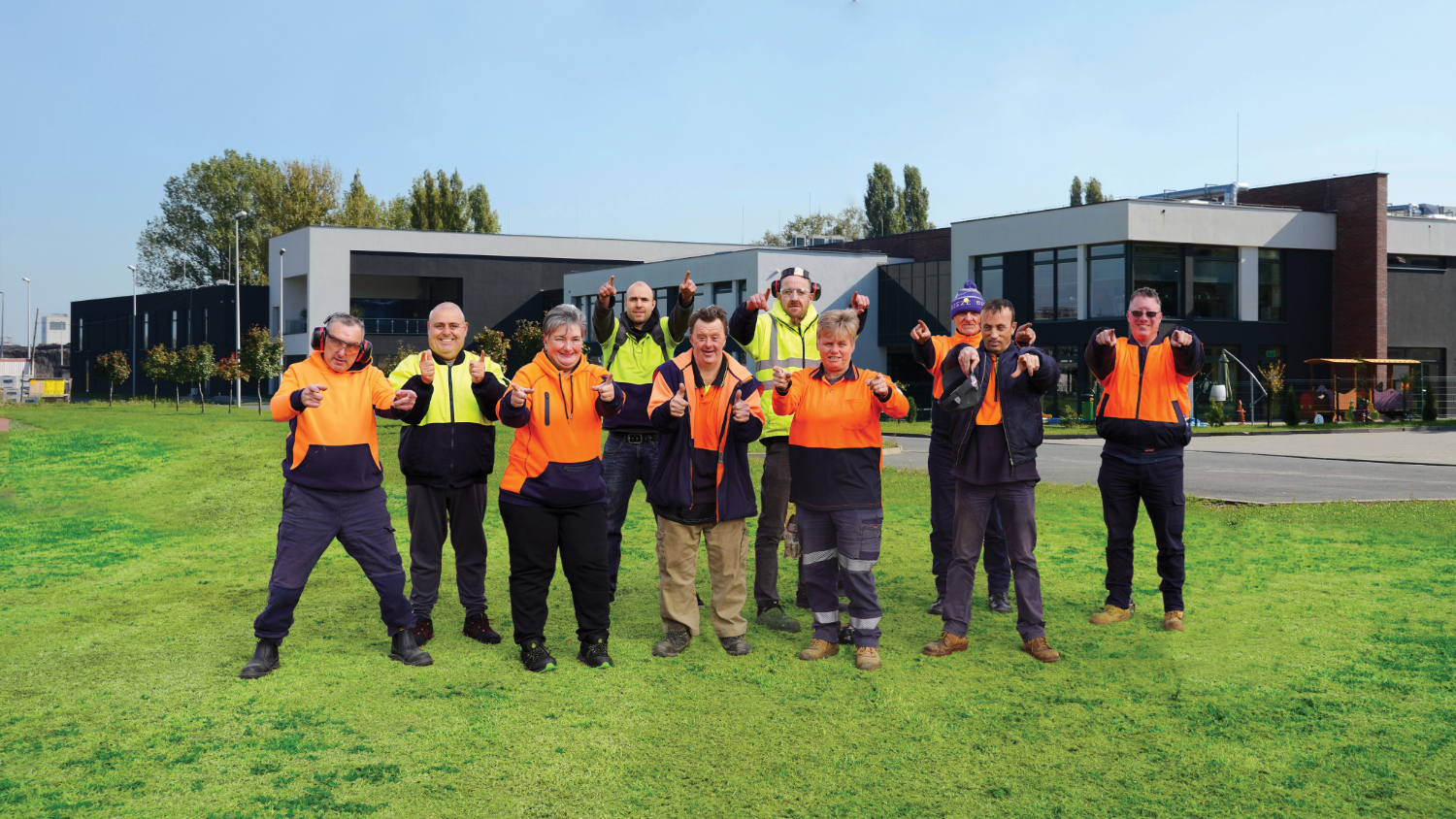What does a person with disability look like? – Reframing Stereotypes
.png)
When most of us think about what a person with disability looks like we often picture someone with a visible disability.
What we think disability looks like and what it looks like in reality, creates many obstacles and barriers as people with disability are put into a situation where they have to make others understand what disability means to them.
Assumptions and misunderstandings made about disability are varied and all too frequently it can make people feel judged, disbelieved and their experience invalidated.
The ABC, as part of its recognition of International Day of People with Disability (3 December), published a series of articles about people with invisible disabilities and how the false perception of visible disability affects them.
In one article*, the author wrote: “There's no definitive data on how many disabilities in Australia are invisible — such as fibromyalgia, autism, multiple sclerosis, or … myalgic encephalomyelitis/chronic fatigue syndrome (ME/CFS) — but various estimates from advocacy bodies across the world suggest it could be as high as 80 per cent. If you apply that figure to the approximately 4.4 million Australians who are disabled or live with disability overall, that’s some 3.5 million people”.
*https://www.abc.net.au/news/2022-11-30/invisible-disabilities-routinely-disbelieved/101420680
Disability can affect people in many different ways and for each individual, no two days may be the same. For people with disability to genuinely feel part of the community and live the diverse lives they want to live, we all have a part to play in breaking down stereotypes.
Other blog posts
Are You Ready to get your SDA InPlace?
Enquire Now


